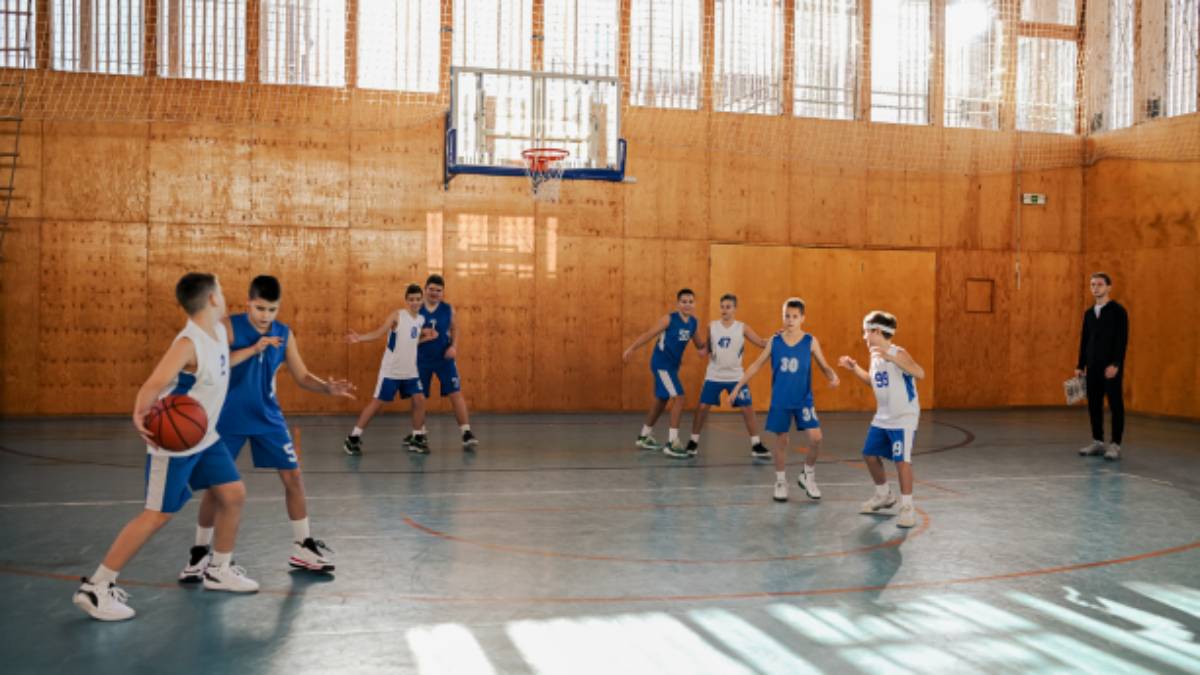Athletic Director: Daniel Fleury on how to negotiate budgets with school management

In an educational environment where budgets are under increasing scrutiny, demonstrating the positive impact of sports programs is essential to their survival and development. MonClubSportif’s meeting with expert Daniel Fleury, a renowned former sports manager who made a significant contribution to the development of school sport by leading his program to the creation of 72 teams, offers valuable strategies for sports managers wishing to strengthen their case for increased investment in school sport.
Vertical development of sports programs
The importance of vertical development in sports programs is emphasized as a means of ensuring consistent, structured progression for young athletes from an early age. By integrating athletes and coaches into a system that promotes a uniform terminology and pedagogical approach, schools can facilitate continuous learning and improvement of athletic skills without redundancy or wasted time from one year to the next. This model not only ensures a better understanding and application of theoretical and practical sport concepts, but also contributes to the overall effectiveness of the sports program.
Selling the program to management
To effectively convince school management of the importance of investing in sports programs, it’s crucial to present a well-articulated proposal that highlights the multiple benefits of such investments. Here’s how sports managers can structure their argument:
- Attract students and optimize resources: Emphasize that strong sports programs attract young people to school, helping to fill classrooms and ensuring that teachers are operating at full capacity. This is a direct financial argument, reducing the risk of half-tasked teachers and optimizing the use of human resources.
- Holistic athlete development: Emphasize the importance of multi-sport for the holistic development of young athletes. This promotes not only their physical well-being, but also their personal and social growth.
- Improved academic performance: Present data or case studies demonstrating that participation in sports activities contributes to better academic performance. The progression of young athletes at different stages can provide a concrete illustration of the positive impact of sport on their academic progress.
- Social impact: Highlight how school sports enrich students’ social lives, providing opportunities to develop friendships, work in teams and build a support network.
- Discipline and behavior: Illustrate how sport can be used as a tool to encourage good behavior in the classroom. The requirement to maintain exemplary conduct to participate in sport encourages discipline and respect for rules.
- Professionalization and program rather than team: Arguing that support for an overall sports program, rather than individual teams, justifies the hiring of qualified staff and contributes to the professionalization of school sport. This improves the quality of sports provision and its impact on students.
School ambassadors: Highlight the role of athletes as ambassadors for the school, strengthening its image and helping to recruit new students. - Teacher involvement: Emphasize the importance of involving teachers in the development of sports programs, as their commitment is a key factor in the success of school sports initiatives.
- Reputation and selectivity: Point out that the success and recognition of sports programs can raise the status of the school, enabling it to become a reference in the field and attract quality students.
- Financial visibility: Illustrate how sporting successes, especially championship victories, generate beneficial media visibility for the school on both digital and traditional platforms, which can translate into indirect financial benefit through enhanced branding and sponsorship opportunities.
Listening and demonstrating demand
Understanding and responding to the demands of the school community is another key strategy. This means gathering and analyzing feedback from students, parents and teaching staff to identify sports with the greatest demand or development potential. By demonstrating that the sports program meets a real demand and highlighting how it can enrich the school’s educational offering, sports managers can strengthen their case for funding.
Aiming for academic and sporting excellence
The exchange with Daniel Fleury provides sports managers with a clear roadmap for presenting sports programs as a strategic investment that benefits the whole school. By grouping arguments around academic, social and financial benefits, it is possible to build a convincing case that underlines the crucial importance of sport in the integral development of students and in the promotion of educational excellence.
Don't miss our new back-to-school guide!
Karl Demers

Sur le même sujet
In the evolving context of youth sport, the question of awarding trophies and recognitions is the subject of much debate.
In the Quebec sporting landscape, the dynamic between school and civilian sport is a subject of growing importance.
Dear high school athletic directors and recreation technicians, get ready to explore new developments, opportunities and best practices related […]


